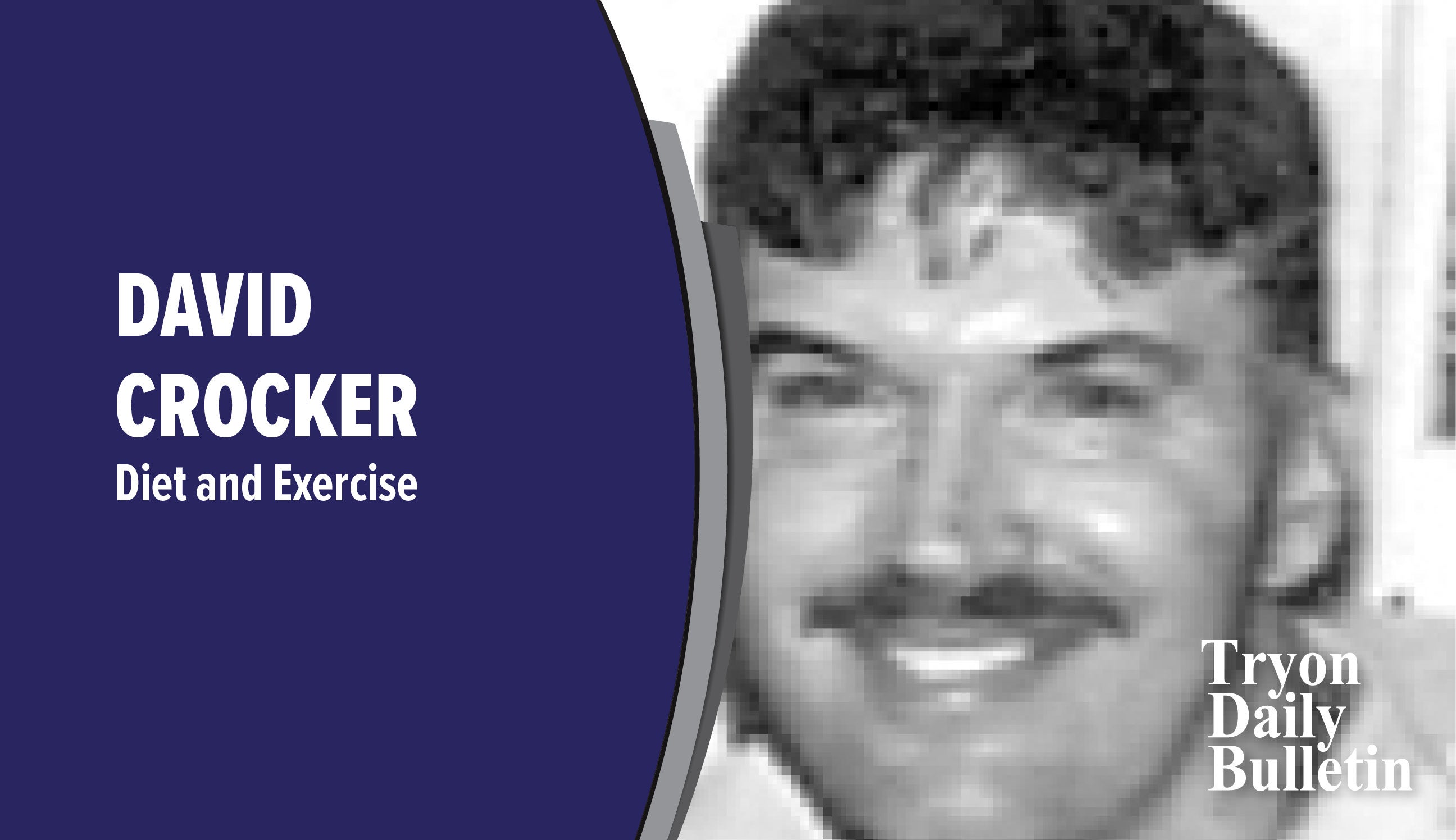The importance of muscle strength
Published 12:35 pm Tuesday, April 5, 2022
|
Getting your Trinity Audio player ready...
|
Last week, we learned some interesting facts about types of muscle. This week, I’d like to share information on muscles that keep us strong and help us move.
Skeletal muscle is striated muscle tissue, controlled by the somatic (from the Greek “soma,” meaning “body”) nervous system. The somatic nervous system is the part of the peripheral nervous system associated with voluntary movements. Skeletal muscles are fastened to the end of bones that meet together at joints. Muscles transfer force to bones and joints through cord-like tissues called tendons. These attachments are referred to as the muscle’s “origin,” which connects to an immovable bone. The other end of the skeletal muscle attachment is called the “insertion,” and is adjoined to a movable bone at a joint. Skeletal muscles can only move bones and associated body parts by pulling them. They can not push. Now, some might say “wait a minute, triceps and quadriceps are capable of pushing while performing pressing exercises.” Not so fast! Triceps actually extend to draw the forearm forward, and quadriceps engage and pull to extend the lower leg. Since muscles can’t push bones back into place, skeletal muscles are often arranged in antagonistic pairs that pull bones in opposite directions.
Most folks know that the advantages of weight training are numerous. These include building stronger and leaner muscle, enhanced bone density, much better posture, facilitated and maintained weight loss, improved sleep, lowered inflammation and staving off chronic disease.
So just what allows muscles to become stronger? Muscle strength increases when an individual continually challenges their muscles to deal with higher levels of resistance, in other words, lifting weights properly. Remember, it’s not just about the amount of weight you lift, but rather the proper form with which you complete the exercise. This is known as muscle hypertrophy.
Muscle hypertrophy takes place when muscle fibers sustain slight damage from exercise. After resistance training, the body repairs this modest muscle damage through a cellular process whereby muscle fibers are fused together to form new muscle protein strands called myofibrils. Muscle cell growth occurs when the rate of protein synthesis or fusion is greater or faster than the degree of muscle protein breakdown. That’s why it’s so important to obtain high quality protein from your diet.
Just know that muscle strengthening occurs after you workout…while you’re resting. Remember, strength training is crucial, but rest is the glue that holds your fitness program together. Also, as you get stronger or more muscular, you don’t add new muscle cells. You were actually born with all the muscle cells you’ll ever have. So how does a tiny child become a muscular adult? When you build muscle, your body uses satellite cells to help add more nuclei to each muscle cell, contributing to muscle growth.
Hormones are another factor that influence muscle growth. Testosterone is probably the main hormone folks think of when working out to strengthen muscle. Testosterone reduces protein and nitrogen loss, both necessary for muscle growth. Another hormone that influences muscle strength is insulin growth factor. This hormone stimulates the proliferation of muscle satellite cells, which allows for muscle growth.
Now that we’ve learned the basics of how our bodies build muscle, here’s what you need to know about building muscle and losing weight. Muscle is the single greatest determiner of metabolic rate. Building muscle while you lose fat stokes your metabolism, making it easier to reach your fat loss goals. Also, if you don’t gain muscle your shape won’t change, and the body fat will not stay off.
David Crocker is a nutritionist and master personal trainer. Questions? Email David at dwcrocker77@gmail.com. Or text him at 864-494-6215.


